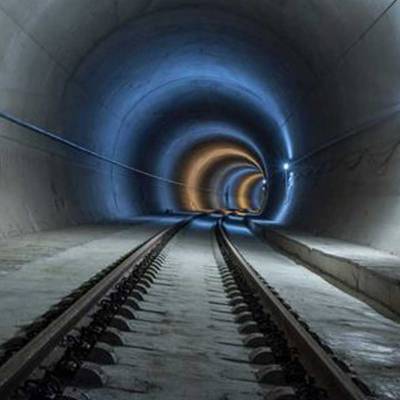

The longest electrified tunnel in Indian Railways has changed the way that freight is transported throughout the nation significantly. In 2019, the tunnel connecting the Cherlopalli and Rapuru stations of South Central Railways was dedicated to the country.
The 113 km long Obulavaripalli-Venkatachalam-Krishnapatnam Port railway line includes the 6.6 km long tunnel. The tunnel, a feat of engineering, has cut the distance for trains travelling from Krishnapatnam to Guntakal Division by 72 km. Additionally, it lessens traffic volume in the section between Obulavaripalli and Renigunta and Gudur.
On June 25, 2019, the longest electrified tunnel in the country began full-scale operation. The tunnel was described as "a feather in the glory of Indian railways" by former vice president M Venkaiah Naidu.
An estimated $437 billion was spent on the tunnel's construction. 14 Cross Passages and 44 Trolley Refuges are present.
Features of Longest Electrified Train Tunnel –
(a) The tunnel is ‘Horse Shoe’ shaped.
(b) New Australian Tunneling Method(NATM) was followed during construction.
(c) The LED lighting provided at a distance of 10 metres inside the tunnel.
(d) The height of the tunnel is 6.5 metres (rail level to roof).
(e) The height of contact wire is maintained at 5.2 metres.
(f) The thickness of the full length lining is 300 mm.
This tunnel improves the South Central Railway's freight capacity while enabling direct and practical connectivity between the South Coast and West Coast.
The Railways are developing a plan to become the largest "Green Railways" in the world with zero carbon emissions by 2030. A total of 4,100 TKM were electrified during the Financial Year 2022–23.
Prime Minister Narendra Modi stated last week that 20,000 route kilometres of rail lines were electrified in the first 70 years of Independence while introducing the nation's seventh Vande Bharat Express.
See also:
Railways releases energy-efficiency plan to reach 2030 net-zero goal
India's first indigenous hydrogen train to be operational in 2023